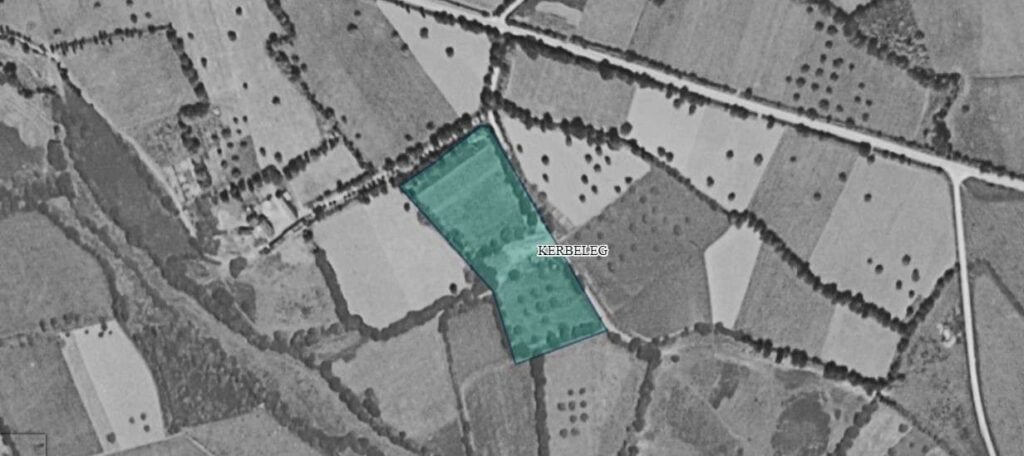This website uses cookies so that we can provide you with the best user experience possible. Cookie information is stored in your browser and performs functions such as recognising you when you return to our website and helping our team to understand which sections of the website you find most interesting and useful.
Description :
Courgette, or Cucurbita pepo, is an annual plant in the Cucurbitaceae family. It is grown for its elongated, green or yellow fruits, harvested young before they are fully ripe. Highly productive, courgettes are appreciated for their mild flavour and versatility in cooking.
Sowing: in the garden, in pots
Sowing advice :
- Direct sowing in the ground: After the last frosts, plant 1 to 2 seeds per hole, 80 cm to 1 metre apart in all directions. Cover the seeds with 2 to 3 cm of fine soil.
- Sowing in pots: Sow under cover in April, 1 to 2 seeds per pot. Transplant into the ground after the last frosts, in May, spacing 80 cm to 1 metre apart in all directions.
Sowing period (under cover): April
Sowing period (outdoors): May, June
Harvesting period: June to September
Growing: in the ground, in pots
Exposure: sunny
Water requirements: high, water regularly and copiously, especially during fruit formation
Soil type: rich in organic matter, well drained
Soil quality: deep and loose
Plant size: Courgettes can spread over a large area, with plants generally measuring between 40 and 60 cm in height
Historical origin of the variety:
Courgette originated in Central and South America. It was introduced to Europe after the explorations of the New World and has since been widely grown and enjoyed in many cuisines.
Uses:
Courgette is extremely versatile in the kitchen. It can be eaten raw, grated or sliced into salads, steamed, sautéed, grilled, stuffed or included in dishes such as ratatouille, gratins and soups. Courgette flowers are also delicious stuffed or fried. Courgette is rich in vitamins A and C, potassium and dietary fibre.



